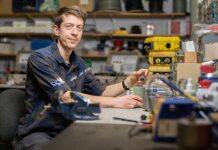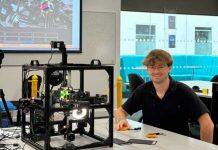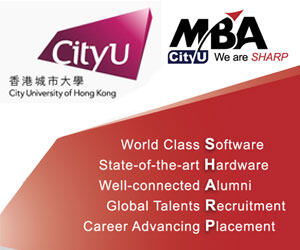

A team of University of Toronto researchers is shining a light on the use of solar-powered ultra-violet (UV) LEDs to treat harvested rainwater in Mexico.


Master’s student Mistelle Haughton and PhD candidate Karlye Wong,both in the Faculty of Applied Science & Engineering, are among just a handful of researchers focusing on the benefits of UV LEDs for water harvesting systems.
The students are currently conducting an extensive systematic review of the literature to map out all the lessons learned in previous case studies that use UV for the disinfection of rainwater.
“We’ve only found about 30 papers that come close to what we’re implementing – and out of those papers, not many focus on LEDs,” Haughton says.
UV light can inactivate waterborne pathogens in at wavelengths between 140 and 280 nanometres. The amount of time that light shines on a surface is called the dose. Commercially available UV units typically provide the recommended 40 millijoules per square centimetre dose of UV light to be effective against bacteria, protozoa and most viruses.
“The microbes will absorb the UV light and as the DNA and RNA absorb the UV, the DNA and RNA become damaged – effectively inactivating the organism, which means that they can’t reproduce and can no longer spread diseases,” Haughton says.
Typically, UV systems used for water treatment employ mercury lamps. UV LEDs, by contrast, offer a smaller footprint, are low maintenance and feature remote start or stop with the integration of flow sensors, which can potentially lead to longer lifespans.
Under the supervision of Ron Hofmann, a professor in the department of civil and mineral engineering, Haughton and Wong are exploring the use of UV LEDs for the treatment of rainwater in the field as well as conducting pilot studies that use solar power to supply energy to treatment units.
“We’re some of the first people to be implementing LED systems in the field,” says Haughton, a member of the Drinking Water Research Group in U of T’s department of civil and mineral engineering.
Haughton is building a solar-powered UV disinfection pilot system that can be implemented with UV devices in the field. The waterproof system, which looks like a small black box, can be attached to a UV device and solar panels. The device then runs electricity towards the supply of UV LEDs.
The system can help supplement the electrical requirements of the UV systems, which need a reliable energy supply to ensure proper operation. The system could also function as a safe alternative to water treatment chemicals like chlorine, which are often disposed improperly and a poor fit for peri-urban communities – the area that transitions between rural and urban communities
The team’s field work takes place in San Juan Tlacotenco, about an hour outside of Mexico City. Haughton says locals currently alternate seasonally between chlorinated municipal water and harvested rainwater. Residents also rely on bottled water for drinking, which can cost households between $60 to $100 per month.
“When someone has to chemically dose their water supply, they often do it intermittently and there are a lot of aversions to use of chlorine,” Haughton says.
Rainwater harvesting systems are typically seen in rural or peri-urban areas, which may lack access to centralized water supply systems. Harvesting systems often have a first-flush device, a contraption used to reduce the contaminants associated with the first rainfall.
The team has so far implemented one unit in the field and hope to increase that number to 10 in upcoming months. They are also conducting water quality testing for E. coli and total coliform, a basic test for bacterial contamination of water, to monitor the efficiency of the units.
The students are also exploring the use of molecular testing methods to detect pathogens in the water.
“While we know UVs are very good at inactivating bacterial pathogens, we need to ensure there are no pathogens in the rainwater systems that UV is not good at killing,” Haughton says.
“Higher life-form organisms, like worms, require a lot higher dose of UV light and intensity to inactivate these organisms.”
To ensure that implementation is successful, the team is adopting an interdisciplinary approach to not only focus on the technical integration of the units but also on education and user perception.
Over the next two years, the team will monitor the UV units in the field. In the short term, they will be testing the pilot system and develop the preliminary test plan with hopes that this research can continue to evolve.
“I hope this technology can help increase access to clean drinking water for the people who need it the most,” Haughton says.






































